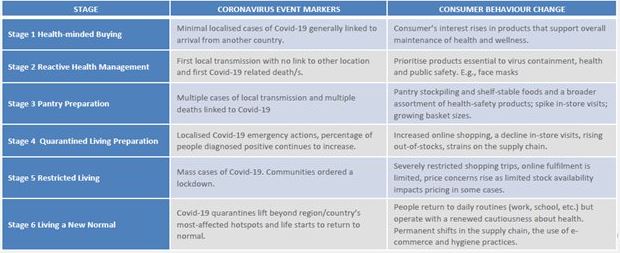Photo by Arturo Rey on Unsplash.
During a global pandemic and a nation-wide lockdown, consumers have been forced to change their daily routines. Not only are they spending more time indoors, but they're also spending 50% more time online. As a result, shopper behaviour has changed and businesses are seeing the impact of this.
Even with these changes and harsh restrictions, 75% of consumers don’t want brands to disappear but instead, want to see a clear shift in strategy that highlights the actions being taken during this time in an authentic and tone sensitive way – brands that go above and beyond to meet their needs will come out ahead of the rest.
Connection to your audience is vital
With consumers consciously avoiding brick and mortar stores as a result of the pandemic, shoppers are looking for other ways to connect with brands and one another. Consequently, they have turned to social media to help facilitate everyday tasks. In South Africa, Kantar’s recent Covid-19 Barometer reveals that consumers are increasing their personal connection via social networks, with a 43% spike in Facebook and 45% on WhatsApp respectively. And nearly 80% of influencers are reporting higher engagement from their followers due to consumer screen times skyrocketing.
Personalised, customer-centric content is more important than ever before. Deep diving into a brand’s online community and target audience through social media listening and platform audits provides a clearer view of who you are talking to and should translate into content that is not only authentic to the brand but is also tailored to that audience.
The pandemic dictates behaviour
In addition to the personal connections consumers are now seeking out online, brands need to overlay the behavioural changes that their target audiences are going through during each phase of this pandemic.
A recent Nielson’s report highlights that there are key behavioural changes that occur parallel to each stage of the virus’s evolution. Nielson identifies that these changes are being mirrored by every country that is currently trying to flatten the curve. The study identified the following stages aligned to changes in consumer behaviour:
Out with the old long-term communication strategy
Consumers are adapting, therefore brands need to quickly navigate this new normal to stay visible and relevant. Out with the old long-term communication strategy and in with a new month-to-month or quarterly adaptation to ensure the finger is on the pulse.
Brands that create societal impact are expected to enter recovery stronger than before. These turbulent times call for focused activities adapted to consumer needs and expectations. Some examples are:
Daily to weekly social listening reports can assist in mining valuable data to help craft relevant messaging.
Social monitoring can navigate brand sentiment to foresee any potential issues before it becomes an unwanted trend on Twitter.
Strong existing relationships with industry journalists provide on-the-ground insights into what consumers want.
2020 is the year brands will go above and beyond to meet their customers’ needs while actively reshaping their values, mission and vision for 2021. This will require smart and innovative thinking about how to communicate this effectively going forward.
Article Source: https://www.bizcommunity.com/Article/196/33/204823.html






